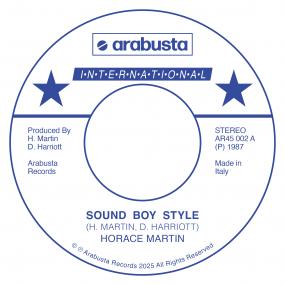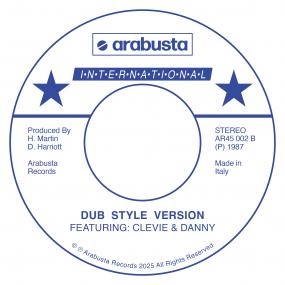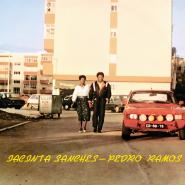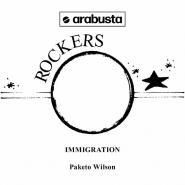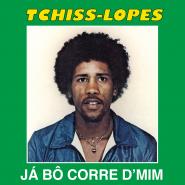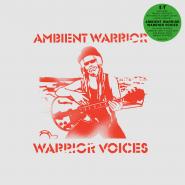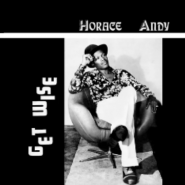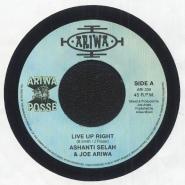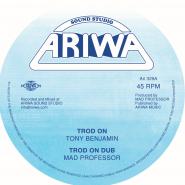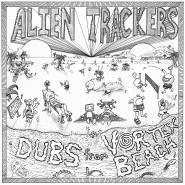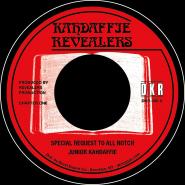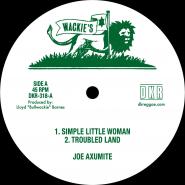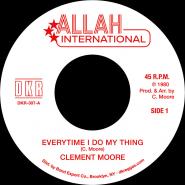SOUND BOY STYLE by HORACE MARTIN
| SKU | 142132 |
| Artist | HORACE MARTIN |
| Title | SOUND BOY STYLE |
| Label | ARABUSTA RECORDS |
| Catalog # | AR45 002 |
| Tag | |
| Release | W 38 - 2025 |
| Format | Vinyl - EU7'' |
| EAN Barcode | 664792575711 |
| Import | |
| € 16,50 | incl. VAT, excl. shipping |
Tracks
- sound boy style
- dub style version
Description
Sound Boy Style
A riddim with a long history. First created by Glen Brown in 1977, when Glenroy Richards recorded Wicked Can’t Run Away, it later took its name of Green Bay riddim in January 1978, after the Green Bay Massacre, when Tapper Zukie voiced Green Bay Murder and Big Youth followed with Green Bay Killing. The next year, in 1979, Wayne Jarrett recorded Youth Man, finally giving it the name it is mostly known with today: Youthman riddim.
A decade later, in 1987, Horace Martin added his own chapter: Sound Boy Style. Produced by Derrick Harriott and recorded in only one take at Augustus “Gussie” Clarke’s Music Works Recording Studio with Sly Dunbar on drums and Robbie Shakespeare on bass. Once again, Horace stands as the champion of dancehall: when the champion a play, sound boy run away.
Horace Martin
Horace Martin (aka The Man With The Biggest Shoes, aka Whistle, aka Lawyer) was born on May 5th 1958 in Kingston, Jamaica. Growing up listening to Dennis Brown and Horace Andy, and watching The Three Stooges, Richard Pryor and Charlie Chaplin, young Horace mixed his passions for music and comedy into one, becoming the eclectic entertainer he is today.
In the late 1970s, Horace recorded his first two singles for Laurel Benjamin aka Dentlock, a dentist turned music producer on Orange Street, downtown Kingston. Dentlock gave Horace the initial push he needed, recording Beautiful Dream and Jah Jah Children on his labels Iron Label and Big Ben Records. Riding the wave of his first singles, Horace Martin went international. From Jamaica to the US, to Canada and England.
Alongside his performing acts and infinite singles production, Horace released his first album Watermelon Man on the Mister Tipsy label in 1985. The following year, together with Garfield Brown, he gave birth to his most iconic and experimental 1986 album: You’ve Changed on the Sally B label. 1988 saw the release of Horace Martin’s third album: Mix Up on the Redman International label, and many years later, in 2005, Negus Roots released under the name of Pozitive Vibez a long-lost album from the 1980s.

